Selma in Dallas County, Alabama is well-known for it’s history as a center for civil-rights struggles, but Dallas County also plays an integral part of the early state of Alabama since the first capital was located in Dallas County at old Cahawba.
Dallas County, Alabama courthouse in 1907
Dallas County, Alabama was established by the Territorial Legislature, February 9, 1818. Its territory was a part of the original Creek cession of August 9, 1814, but had been nominally a part of Monroe, 1815, and of Montgomery, 1816. It has retained its limits substantially as originally created, although its boundaries have undergone a few changes.
The county was named for Hon. Alexander James Dallas of Pennsylvania, federal secretary of the treasury, and father of Hon. George M. Dallas, vice president of the United States, 1845-49.
Hon. Alexander James Dallas (1759-1817)
The act of establishment provided for terms of the superior and the county courts, and directed that “for the time being, the said courts in and for the said County of Dallas, shall be holden at the mouth of the Cahawba (sic); but the said courts may, respectively, for want of necessary buildings, adjourn to some convenient place contiguous thereto.”
On November 27, 1819, the county court was authorized by the Legislature to levy a tax to pay for building a county jail. The same body, December 13, 1819, fixed the county seat at Cahaba.
“In 1820, Cahaba, a small town located in central Dallas County at the junction of the Cahaba River and the Alabama River, was chosen as the county seat and the capital of the state. The small town soon became a bustling economic and political center, but declined after the seat of state government moved to Tuscaloosa in 1825.” 1
Evidently there was dissatisfaction with the location of the county seat at Cahaba, for the legislature, December 7, 1833, provided for an election to be held on the first Monday in February 1834, “for the purpose of obtaining public sentiment as to the place where the seat of justice of said county shall be fixed and located.” The election did not result in favor of removal. However, with the decline of Cahaba, under an act of December 14, 1865, Selma was chosen, and there the county seat has remained.
Governor William Wyatt Bibb
The first officials of the county, all named by Gov. W. W. Bibb, were George Shirley, sheriff, appointed February 23, 1818; Willis Roberts, clerk of the superior and the county courts, February 14, 1818; Arthur C. Wingate, coroner, February 23, 1818; John Howard, ranger, February 23, 1818; and Alex Cathey, justice of the peace, and Reuben Davidson, constable, both appointed February 23, 1818. The first chief justice of the county court was McLeod; and the first justices of the quorum were Thomas Craig, Alex. Outlaw, and John Tubbs, all serving in 1818.
The first election precincts were fixed at the mouth of the Cahaba, February 9, 1818; at the house of George Tubbs, and the house of Joseph Britton, November 21, 1818; and at the house of Joseph Vann, December 3, 1821. By the act of December 26, 1822, precincts which had been established at the house of a Mr. Frederick of Town Creek, and at the house of a Capt. Yoast (sic) were discontinued; and additional precincts were located at the house of Daniel Hardy on Old Town Creek, at the house of James S. Gaines on the road to Perry courthouse, and at the house of Richard Hall in the Mulberry settlement.
Native American remains are numerous along the Alabama and the Cahaba rivers. De Soto passed through the county in the summer of 1540 on his way to Mauvilla, stopping at Casiste, now old Cahaba, and Caxa, near Harrell.
Hernando De Soto Monument in Dallas County, Alabama
There are in the collections of the Philadelphia Academy of Natural Sciences may pieces of earthenware, shell and copper ornaments and pipes, from the cemetery at Durant’s Bend, 13 miles above Selma. Urn-burial is met with there, and some of the finest pieces of pottery found in the south have been taken from that site.
Mounds and debris remains are found at the following sites: at old Cahaba; old Caxa; another one-half mile below Cahaba; and others four miles below Selma on the right bank of the river, eight miles south of Selma on the public road near Cedar Creek, and two miles south of Marion Junction. Caxa and the Marion Junction sites show no mound remains. Relics are found on Boguechltto Creek in the western part of the county.
The ditches at old Cahaba, now nearly obliterated, are thought to have been the work of the Indians. Cahaba Old Town, a probable Creek outpost, was located in the northern part of the county and just back from Cahaba River, on a stream known as Oldtown Creek.
The site of Humati, a village passed by De Soto in 1540, is identified as near the present Perry County line on Oakmulgee Creek, but across the Cahaba River from his line of march.
“The Dallas County city of Selma is home to the state’s largest historic district, with more than 1,250 structures listed on the state and national historic registers. Some of the more notable structures include the St. James Hotel, The Dawson-Vaughan House (home of Elodie Todd, sister-in-law of Abraham Lincoln), and Sturdivant Hall.
Selma also offers visitors a number of exhibits relating to the civil-rights movement at the Old Depot Museum, the National Voting Rights Museum, and Brown Chapel A.M.E. Church, headquarters of the voting-rights marches. Selma’s Old Live Oak Cemetery is one of the few cemeteries listed on the National Register of Historic Places.” 2
Confederate Commands from County.—The commands listed below were made up in whole or in part from this county.
Cavalry.
- Co. F, “Curry Dragoons,” 3d Regt.
- Co I, “Mathews Rangers,” 3d Regt.
- Co. K, “Crocheron Light Dragoons, 3d
- Co F, Ball-Hatch’s 8th Regt.
- Co I, 51st Regt. (Mounted Infantry.)
- Co. E, 53d Regt. (Mounted Infantry.)
Artillery.
- Co. C, 1st Ala. Battalion of Artillery. Jeff Davis Artillery. Selden-Lovelace’s Battery.
Post Offices and Towns.—Revised to July 1, 1917, from U. S. Official Postal Guide. Numbers indicate the number of rural routes from that office.
- Beloit
- Berlin—2
- Blalock
- Browns—1
- Burnsville
- Central Mills
- Eleanor—1
- Ellis
- Harrell
- Hazen
- Ingomar
- Kings Landing
- Marion Junction—3 Valegrande—1
- Martins Station
- Massillon
- Minter—2
- Orrville—4
- Pinebelt
- Plantersville—4
- Pleasant Hill
- Portland
- Safford—1
- Selma (ch)—4
- Summerfield—1
- Tyler—1
- Valegrande—1
Delegates to Constitutional Conventions
- 1819—William Rufus King.
- 1861—John T. Morgan, William S. Phil-
- 1865—John S. Hunter, Thomas M. Matthews.
- 1867—Benjamin F. Saffold, John Silsby, Brig. Gen. Datus E. Coon, Henry Stokes (negro), Jack Hatcher (negro).
- 1875—John F. Burns, Sumter Lea.
- 1901—Watkins M. Vaughn, P. H. Pitts, John F. Burns, B. H. Craig, H. F. Reese.
Senators
- 1819-20—Thomas Casey.
- 1822-3—Thomas Casey.
- 1825-6—Thomas Casey.
- 1828-9—Horatio G. Perry.
- 1829-30—Horatio G. Perry.
- 1832-3—George Phillips.
- 1835-6—Jesse Beene.
- 1838-9—James M. Calhoun.
- 1840-1—William S. Phillips.
- 1841-2—William S. Phillips.
- 1844-5—William H. Norris
- 1847-8—Charles G. Edwards.
- 1851-2—Francis A. Saunders.
- 1853-4—Samuel R. Blake.
- 1855-6—Robert S. Hatcher.
- 1857-8—James M. Calhoun.
- 1859-60—James M. Calhoun (1862).
- 1863-4—Robert H. Ervin.
- 1865-6—Aaron B. Cooper.
- 1868—Datus E. Coon.
- 1871-2—D. E. Coon.
- 1872-3—Jere Haralson (Negro).
- 1873—Jere Haralson (Negro).
- 1874-5—Jere Haralson (Negro).
- 1875-6—(No senator).
- 1876-7—B. F. Saffold.
- 1878-9—J. R. Satterfield.
- 1880-1—J. R. Satterfield.
- 1882-3—A. V. Gardner,
- 1884-5—A. V. Gardner.
- 1886-7—Jordan C. Compton.
- 1888-9—Jordan C. Compton.
- 1890-1—Jordan C. Compton.
- 1892-3—Jordan C. Compton,
- 1894-5—Francis L. Pettus.
- 1896-7—Frank L. Pettus.
- 1898-9—James H. Nunnelee.
- 1899 (Spec.)—James H. Nunnelee.
- 1900-01—James H. Nunnelee.
- 1903—William B. Craig.
- 1907—Henry F. Reese.
- 1907 (Spec.)—Henry F. Reese.
- 1909 (Spec.)—Henry F. Reese.
- 1911—Victor B. Atkins.
- 1915—Benj. F. Ellis.
- 1919—Jas. B. Ellis.
Representatives
- 1819-20—Edwin D. King; James Saffold.
- 1820-1—Isaac S. McMeans; Horatio Gates Perry.
- 1821 (called)—Isaac S. McMeans; Horatio Gates Perry.
- 1821-2—Walter Crenshaw; Randall Duckworth.
- 1822-3—Walter Crenshaw; Thomas B. Rutherford.
- 1823-4—Walter Crenshaw; George Phillips.
- 1824-5—Walter Crenshaw; Joseph Pickens.
- 1825-6—Walter Crenshaw; Joseph Pickens; James Saffold.
- 1826-7—Walter Crenshaw; Joseph Pickens; Bernard Johnson.
- 1827-8—James C. Sharp; Erasmus Walker.
- 1828-9—Ezekiel Pickens; Erasmus Walker.
- 1829-30—Uriah Grigsby; William Taylor; Jefferson C. Van Dyke.
- 1830-1—Peter Walter Herbert; William Taylor; Benjamin R. Hogan.
- 1831-2—Peter Walter Herbert; E. W. Saunders; John W. Paul.
- 1832 (called)—Peter Walter Ethelbert W. Saunders.
- 1832-3—Peter Walter Herbert; Ethelbert W. Saunders.
- 1833-4—Jesse Beene; E. W. George W. Gayle.
- 1834-5—James M. Calhoun, Bernard Johnson; George W. Gayle.
- 1835-6—James M. Calhoun; Joseph P. Saffold; Burwell Boykin.
- 1836-7—James M. Calhoun; John J. Greening; Burwell Boykin.
- 1837 (called)—James M. Calhoun; John J. Greening; Burwell Boykin
- 1837-8—James M. Calhoun; John J. Greening; William S. Phillips.
- 1838-9—Uriah Grigsby; William C. Clifton; William S. Phillips.
- 1839-40—Daniel H. Norwood; William H. Norris.
- 1840-1—Daniel H. Norwood; William H. Norris.
- 1841 (called)—Daniel H. Norwood; William H. Norris.
- 1841-2—Daniel H. Norwood; William H. Norris.
- 1842-3—James M. Calhoun; William H. Norris.
- 1843-4—R. S. Hatcher; George R. Evans.
- 1844-5—William B. King; C. B. Watts.
- 1845-6—George W. Gayle; Ethelbert W.
- 1847-8—George C. Phillips; Ashley W. Spaight.
- 1849-50—Robert S. Hatcher; George P. Blevins.
- 1851-2—Benjamin M. Woolsey; Hezekiah Bussey.
- 1853-4—Robert S. Hatcher; George C. Phillips.
- 1855-6—Benjamin M. Woolsey; Robert J. English.
- 1857-8—Albert G. Mabry; Thomas E. Irby.
- 1859-60—Albert G. Mabry; Thomas E. Irby.
- 1861 (1st called)—Albert G. Mabry; Thomas E. Irby.
- 1861 (2d called)—Albert G. Mabry; Washington M. Smith.
- 1861-2—Albert G. Mabry; Washington M. Smith.
- 1862 (called)—Albert O. Mabry; Washington M. Smith.
- 1862-3—Albert G. Mabry; Washington M. Smith.
- 1863 (called)—N. H. R. Bell.
- 1863-4—N. H. R. Dawson; Elijah Bell.
- 1864 (called)—N. H. R. Dawson; Elijah Bell.
- 1864-5—N. H. R. Dawson; Elijah Bell.
- 1865-6—Albert G. Mabry; James T. Reese.
- 1866-7—William Craig (vice J. T. Reese).
- 1868—Warren A. Brantley; Joseph Draun; A. Emmons; John Hardy; Spencer Weaver.
- 1869-70—Warren A. Brantley; Joseph Draun; A. Emmons; John Hardy; Spencer Weaver.
- 1870-1—George F. Marlowe; Henry Cochran; Edward Gee (Negro); Jere Haralson (Negro); R. Johnson (Negro).
- 1871-2—H. Cochran; Ned Gee; Jere Harralson; R. Johnson; George F. Marlowe.
- 1872-3—Henry Cochran; R. L. Johnson; Thomas Walker; Alexander White.
- 1873—Henry Cochran; J. H. Goldsby; R. L. Johnson; Anderson Smith; Thomas Walker.
- 1874-5—W. H. Blevins; W. A. Brantley; D. E. Coon; C. E. Harris; Jacob Martin.
- 1875-6—W. H. Blevins; W. A. Brantley; D. E. Coon; C. E. Harris; Jacob Martin.
- 1876-7—Wm. H. Bevins; Greene J. Johnson; W. J. Stevens.
- 1878-9—W. C. Billingslea; F. Boykin, Jr.; W. P. Molett; J. H. McIlwain.
- 1880-1—N. H. R. Dawson; W. C. Billingslea; J. F. Calhoun; W. R. Nelson.
- 1882-3—Randle D. Berry; Sam’l Will. John; C. P. Whitt; F. H. Smith.
- 1884-5—S. W. John; John F. White; Sumter Lea; H. C. Graham.
- 1886-7—F. L. Pettus; B. F. Ellis; S. W. John; R. D. Berry.
- 1888-9—John F. White; W. R. Hardy; W. C. Billingslea; Francis L. Pettus.
- 1890-1—F. M. Pettus; Wm. W. Quarles; J. Craig Smith; Lewis Johnson.
- 1892-3—F. L. Pettus; N. H. R. Dawson; W. R. Hardy.
- 1894-5—R. T. Burns; H. C. Graham; R. H. Tuck.
- 1896-7—J. C. Smith; P. H. Pitts; J. F. Burns.
- 1898-9—J. D. Riggs; Paul Carson; W. M. Vaughan.
- 1899 (Spec.)—John D. Riggs; Paul Carson; W. M. Vaughan.
- 1900-01—F. L. Pettus; Calvin Young; B. H. Craig.
- 1903—Walter Russell Shafer; Elbert Soule Starr; Calvin Young.
- 1907—Robert R. Kornegay; Alexander D. Pitts; Samuel C. Lacey.
- 1907 (Spec.)—Robert R. Kornegay; Alexander D. Pitts; Samuel C. Lacey.
- 1909 (Spec.)—Robert R. Kornegay; Alexander D. Pitts; Samuel C. Lacey.
- 1911—S. A. Fowlkes; J. W. Green; A. D. Pitts.
- 1915—Joseph W. Green; J. W. Lapsley; S. W. John.
- 1919—J. E. Dunnaway; J. L. Edwards; J. W. Green.
SOURCES
- History of Alabama and Dictionary of Alabama Biography, Volume 1 By Thomas McAdory Owen, Marie Bankhead Owen
- Encyclopedia of Alabama
ALABAMA FOOTPRINTS Exploration: Lost & Forgotten Stories (Volume 1) is a collection of lost and forgotten stories about the people who discovered and initially settled in Alabama.
is a collection of lost and forgotten stories about the people who discovered and initially settled in Alabama.
Some stories include:
- The true story of the first Mardi Gras in America and where it took place
- The Mississippi Bubble Burst – how it affected the settlers
- Did you know that many people devoted to the Crown settled in Alabama –
- Sophia McGillivray- what she did when she was nine months pregnant
- Alabama had its first Interstate in the early days of settlement


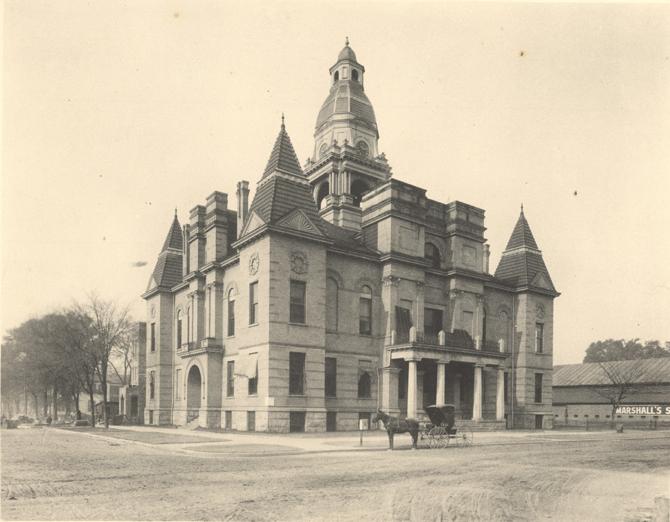
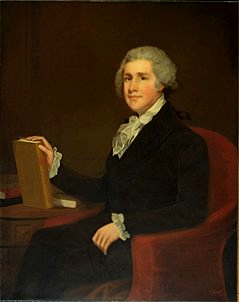
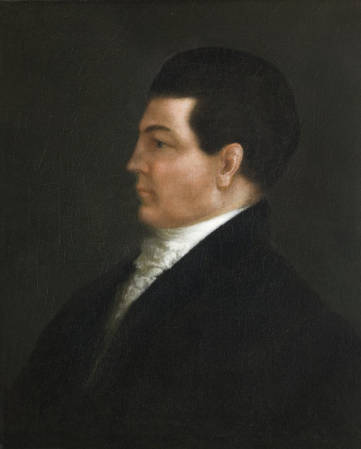
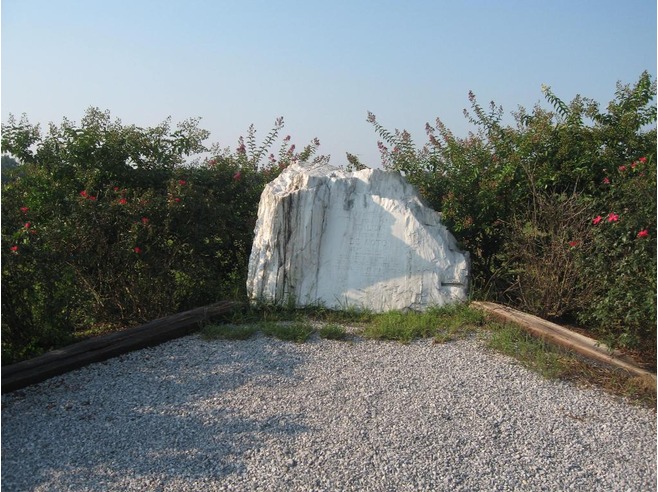
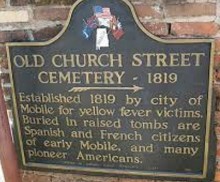
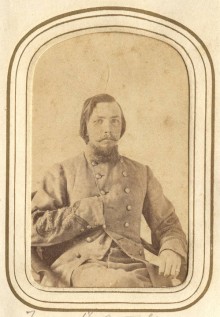
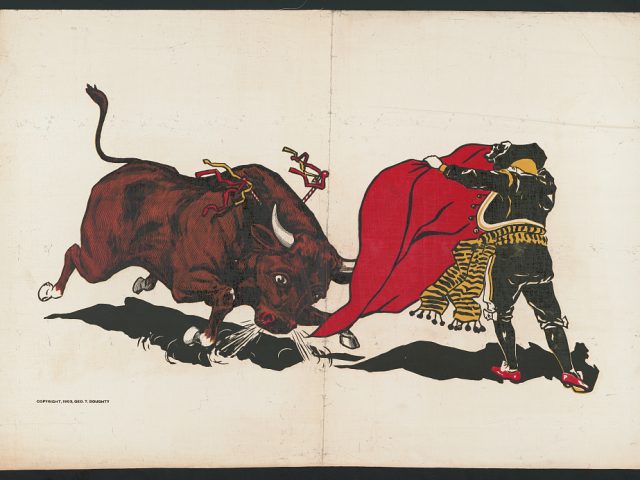
I need to check this out
Would love to look at all the pictures and read the facts.
We’ll try to add them to the website as time goes by. It will take awhile with 1250.
Angel M Smith
James Manly Lee
Spending New Year’s Eve in
Selma, Alabama was on my first bucket list since probably -/+10 years ago. I was going to go to an open house invitation to visit on New year’s eve. Regrettably she died. So, going there was removed from my list.
This article was interesting.
🙂
Hope Redd, this made me think of you. Thought you might find it interesting.
Hello Donna,
You are doing some very interesting work.
Do you have any more information on the community of Berlin in Dallas County?
I am also interested in any imformation on Robert S. Hatcher who was in the legislature before the Civil War
Thanks,